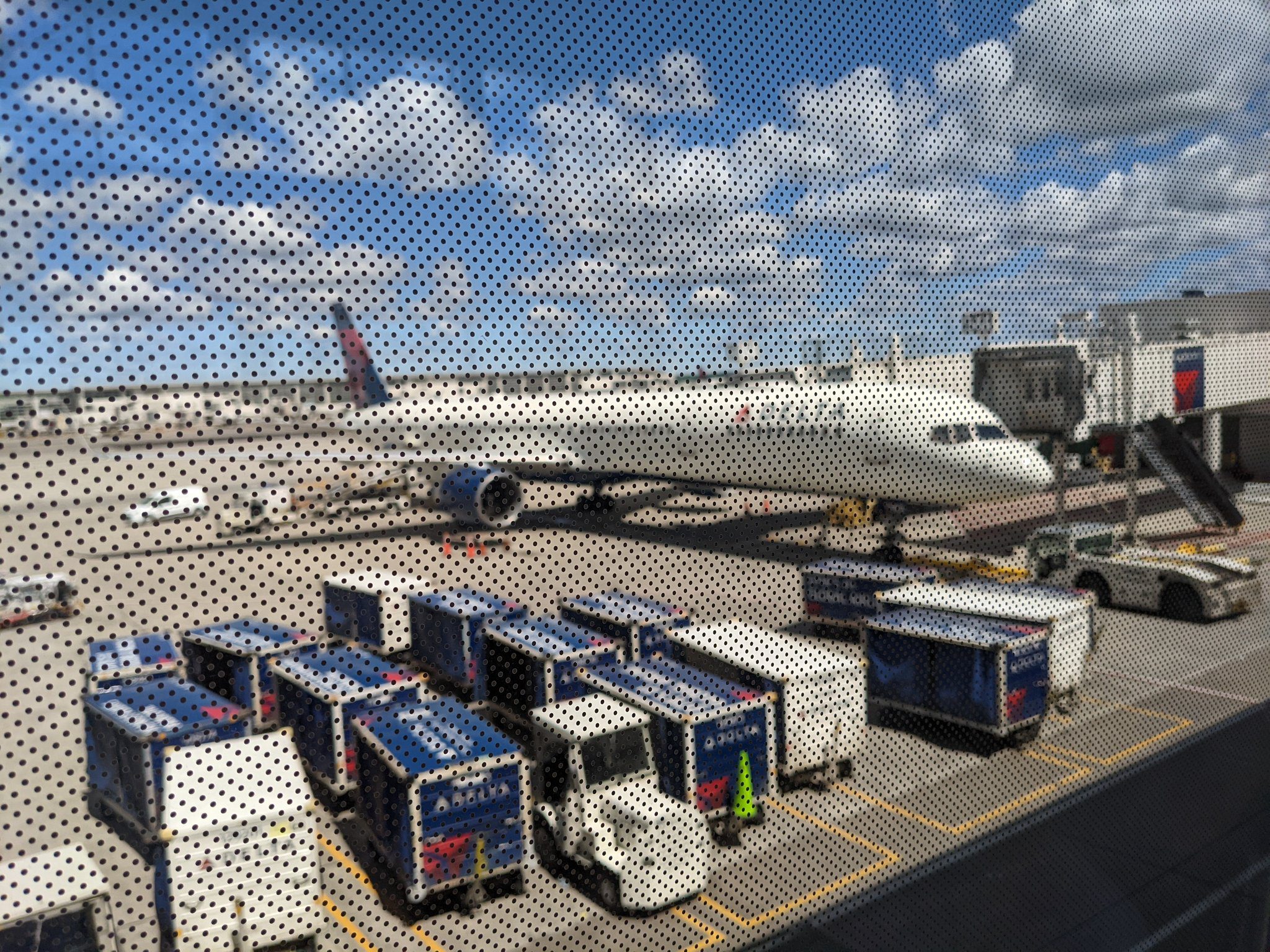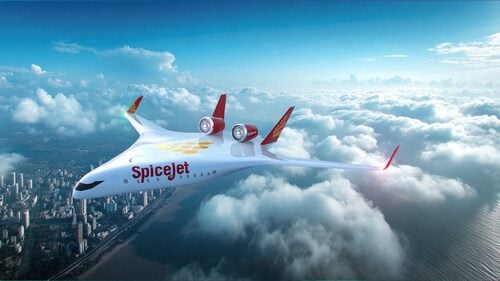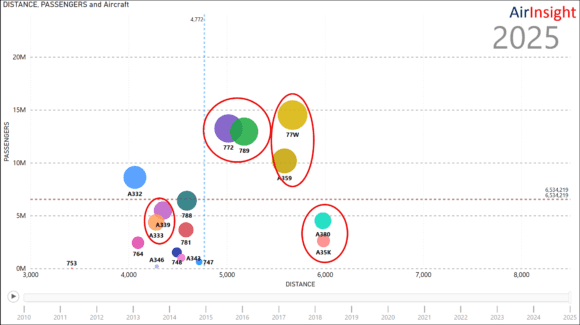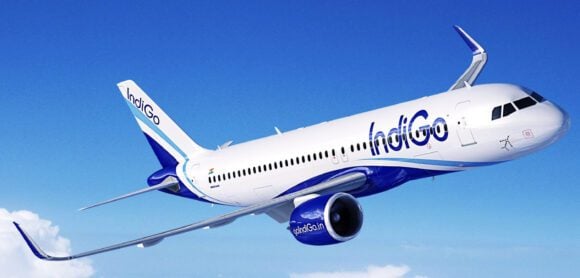
E4f08 5XIAo dEC
As US airlines navigate their way through the pandemic, it has become clear that each airline takes slightly different paths to seek their lowest seat cost production. While seeking the lowest seat cost is a perennial goal for all airlines, if market demand stays steady or even grows, then there is leeway. But when the bottom drops out of the market as in the past year, radical reactions are called for. That radical reaction is limited by the available fleet.
Subscriber content – Sign in




